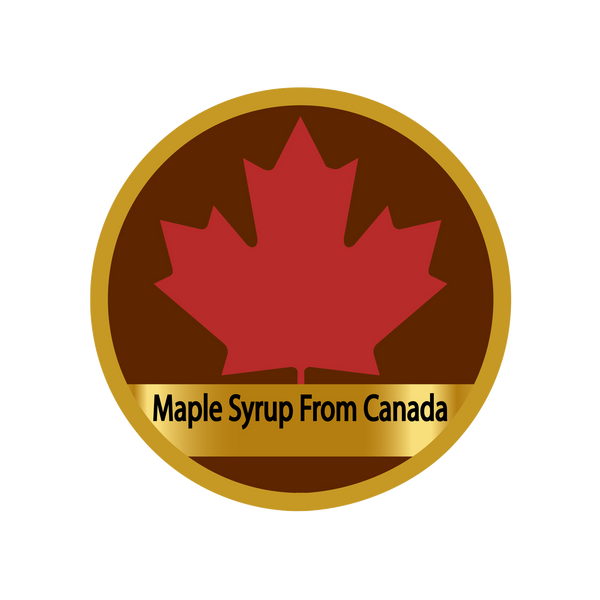Maple syrup and cane sugar are two widely used sweeteners, each with unique properties and benefits. Here’s a detailed comparison of maple syrup and cane sugar, focusing on their origins, production, nutritional content, and health impacts.
Origin and Production
Maple Syrup:
- Origin: Maple syrup is made from the sap of sugar maple trees (Acer saccharum) primarily found in North America, particularly in Canada and the northeastern United States.
- Production: The sap is collected during the early spring and then boiled down to evaporate water and concentrate the sugars. It takes about 40 liters of sap to produce 1 liter of maple syrup. The process is traditional and involves minimal processing, preserving the natural flavor and nutrients.
Cane Sugar:
- Origin: Cane sugar is derived from the sugarcane plant, which is grown in tropical and subtropical regions around the world, including countries like Brazil, India, and Thailand.
- Production: Sugarcane is harvested and processed to extract the juice, which is then boiled and crystallized to produce raw sugar. This raw sugar is further refined to produce white granulated sugar. The refining process removes impurities and molasses, resulting in pure sucrose.
Nutritional Content
Maple Syrup:
- Natural Sugars: Maple syrup contains natural sugars, primarily sucrose, and small amounts of glucose and fructose.
- Nutrients: Rich in minerals like manganese, zinc, calcium, and potassium. Maple syrup also contains antioxidants and polyphenols, which have health benefits.
- Calories: Approximately 52 calories per tablespoon.
- Glycemic Index: Maple syrup has a moderate glycemic index of around 54, which means it causes a slower rise in blood sugar levels compared to refined sugar.
Cane Sugar:
- Pure Sucrose: Cane sugar is composed of pure sucrose, a disaccharide made of glucose and fructose.
- Nutrients: Refined cane sugar lacks significant nutrients and contains mostly empty calories with no beneficial vitamins or minerals.
- Calories: Approximately 49 calories per tablespoon.
- Glycemic Index: Cane sugar has a high glycemic index of around 65, meaning it causes a rapid spike in blood sugar levels.
Flavor and Culinary Uses
Maple Syrup:
- Flavor: Maple syrup has a rich, complex flavor with notes of caramel and vanilla. The flavor can vary depending on the grade, from light and delicate (Golden) to robust and strong (Dark).
- Uses: Maple syrup is used as a topping for pancakes, waffles, and French toast. It’s also a popular ingredient in baking, cooking, marinades, dressings, and beverages. Its unique flavor enhances both sweet and savory dishes.
Cane Sugar:
- Flavor: Cane sugar has a pure, sweet flavor without the complexity of maple syrup. It is a versatile sweetener that blends well without altering the flavor profile of recipes.
- Uses: Cane sugar is used in a wide variety of culinary applications, including baking, cooking, beverages, and as a general sweetener. It is essential in making candies, pastries, and many processed foods.
Health Considerations
Maple Syrup:
- Health Benefits: Maple syrup contains antioxidants and essential minerals, offering some health benefits when consumed in moderation. Its lower glycemic index makes it a better option for those managing blood sugar levels.
- Natural Product: As a minimally processed natural product, maple syrup is free from additives and preservatives, making it a healthier choice for sweetening.
Cane Sugar:
- Health Risks: High consumption of cane sugar is linked to various health issues, including obesity, diabetes, and heart disease due to its high glycemic index and lack of nutrients.
- Highly Processed: Refined cane sugar undergoes significant processing, which removes natural nutrients and results in empty calories.
Environmental Impact
Maple Syrup:
- Sustainable Production: Maple syrup production is generally considered sustainable. Maple trees are tapped without harming them, and producers often engage in forest management practices to ensure the health and longevity of the trees.
- Local and Seasonal: Maple syrup is a seasonal product, primarily produced in specific regions, supporting local economies and traditional practices.
Cane Sugar:
- Industrial Agriculture: Cane sugar production relies on large-scale industrial agriculture, which can have significant environmental impacts, including pesticide use, soil degradation, and water consumption.
- Carbon Footprint: The extensive processing and transportation involved in producing and refining cane sugar contribute to its carbon footprint.
Conclusion
While both maple syrup and cane sugar are popular sweeteners, they differ greatly in terms of origin, production, nutritional content, flavor, and health impacts. Maple syrup, with its rich flavor and natural composition, offers several health benefits and is a sustainable choice. Cane sugar, although versatile and widely used, is highly processed and linked to various health risks. Choosing maple syrup over cane sugar can provide a more natural, flavorful, and health-conscious option for sweetening your food and beverages.
For more information on maple syrup and its benefits, visit Maple Syrup From Canada.

